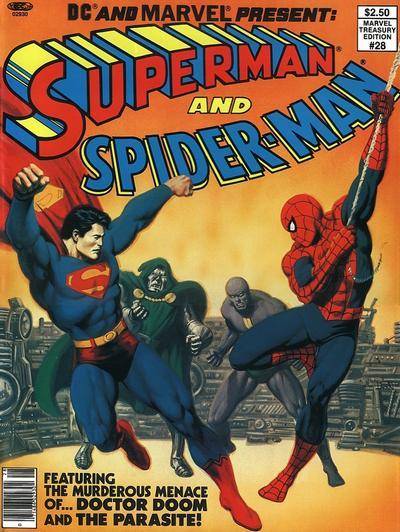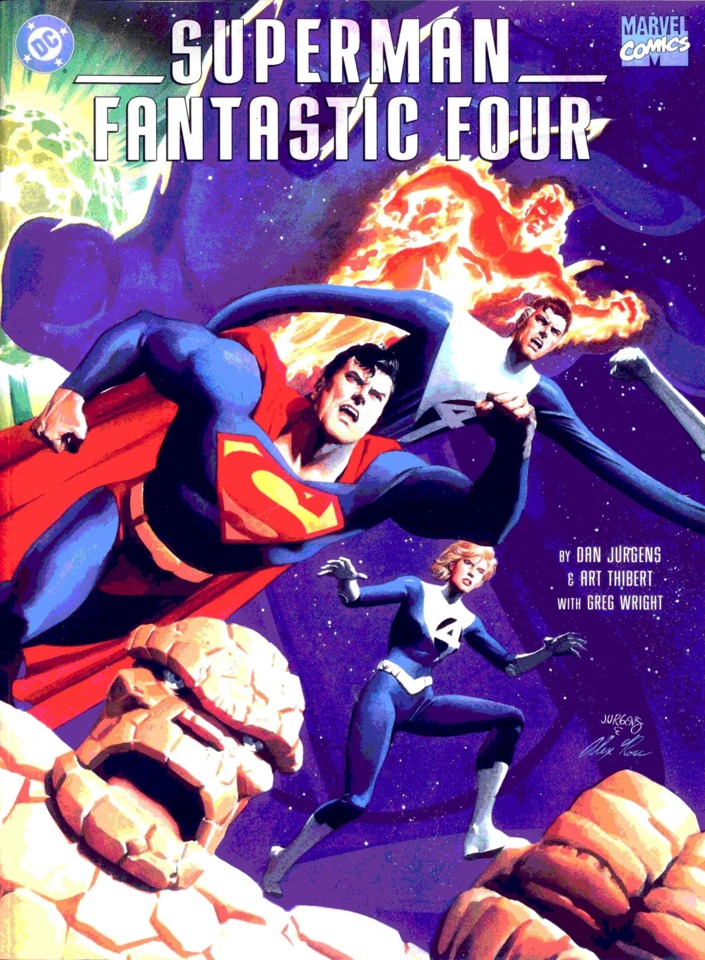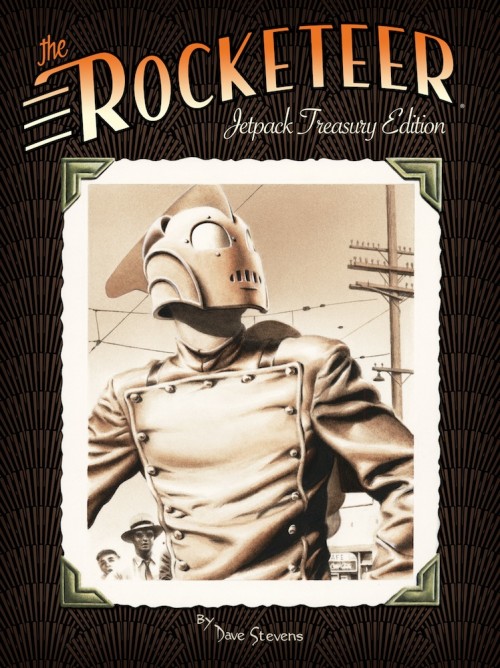Kicking off with The Spectacular Spider-Man in 1974, the original Marvel Treasury Edition series ran 28 issues, concluding with Marvel and DC’s second crossover of Spider-Man and Superman in 1981. Along the way, Marvel also used the titles Marvel Special Edition and Marvel Treasury Special for other publications in the oversized 10” x 14” tabloid format.
There were also a number of one-shots, such as Marvel Treasury of Oz (1975), Special Collector’s Edition #1 (Savage Fists of Kung Fu, 1975), 2001: A Space Odyssey (1976), The Funtastic World of Hanna-Barbera #1 (December 1977) - #3 (June 1978), Marvel Super Special #8 (Battlestar Galactica, 1978), Buck Rogers Giant Movie Edition (originally published by Western Publishing, second printing by Marvel, 1979), G.I. Joe Special Treasury Edition (1982), Annie Treasury Edition (December 1982), and Smurfs Treasury (1983).
DC, though, actually beat Marvel to the punch with the format when they debuted Limited Collectors’ Edition, which featured a collection of Rudolph the Red-Nosed Reindeer stories in October 1972. Shazam, Tarzan, House of Mystery, and another Rudolph the Red-Nosed Reindeer collection followed before they rolled out Batman, in 1974. The series ran through 1978.
Confusing some collectors, DC’s two other treasury format series, Famous First Edition and All-New Collectors’ Edition, shared their numbering with Limited Collectors' Edition. The final three issues of DC Special Series – Superman II, Superman and His Incredible Fortress of Solitude, and Batman vs. The Incredible Hulk – were produced in the Treasury format, while the preceding issues ranged from standard comic book size to digests.
As with their Marvel counterparts, the DC editions were mostly comprised of reprints, but there were notable exceptions, mostly under the All-New Collectors’ Edition banner, all cover-dated 1978 except for one in 1979. These included #C-53 Rudolph the Red-Nosed Reindeer, #C-54 Superman vs. Wonder Woman, #C-55 Superboy and the Legion of Superheroes, #C-56 Superman vs. Muhammad Ali, #C58 Superman vs. Shazam, #C-60 Rudolph’s Summer Fun, and #C-62 Superman: The Movie (1979).
While Superman vs. The Amazing Spider-Man (January 1976) gets all the attention as the first crossover between DC and Marvel, the first actual collaboration between the two companies actually came in 1975 when they co-published MGM’s Marvelous Wizard of Oz in the format.
From the mid-1980s through the mid-1990s, the format was largely dormant. It saw a revival from 1999 to 2003 when writer Paul Dini and artist Alex Ross collaborated on a character-centric series for DC. Beginning with Superman: Peace on Earth (January 1999), the series was comprised of six one-shots that also included Batman: War on Crime (November 1999), Shazam! Power of Hope (November 2000), Wonder Woman: Spirit of Truth (November 2001), JLA: Secret Origins (November 2002), and JLA: Liberty and Justice (November 2003).
During that same era, Superman/Fantastic Four: The Infinite Destruction (April 1999) and JLA: Heaven's Ladder (October 2000) were also published.
Over the years, “Treasury Edition” became the widely accepted term used by collectors, even for those published by DC and other companies.
In the 2010s, IDW produced a series of Treasury editions including Archie, Star Trek, Doctor Who, Judge Dredd, The Rocketeer, Danger Girl, and Red Star, among others. More recently, Marvel and DC have produced facsimile editions of their original Treasuries, and they’ve each also done some original material.
Editor’s Note: In keeping with the Treasury theme, you’ll find some Retro Reviews of Treasury Editions in our Off The Presses section this week.















